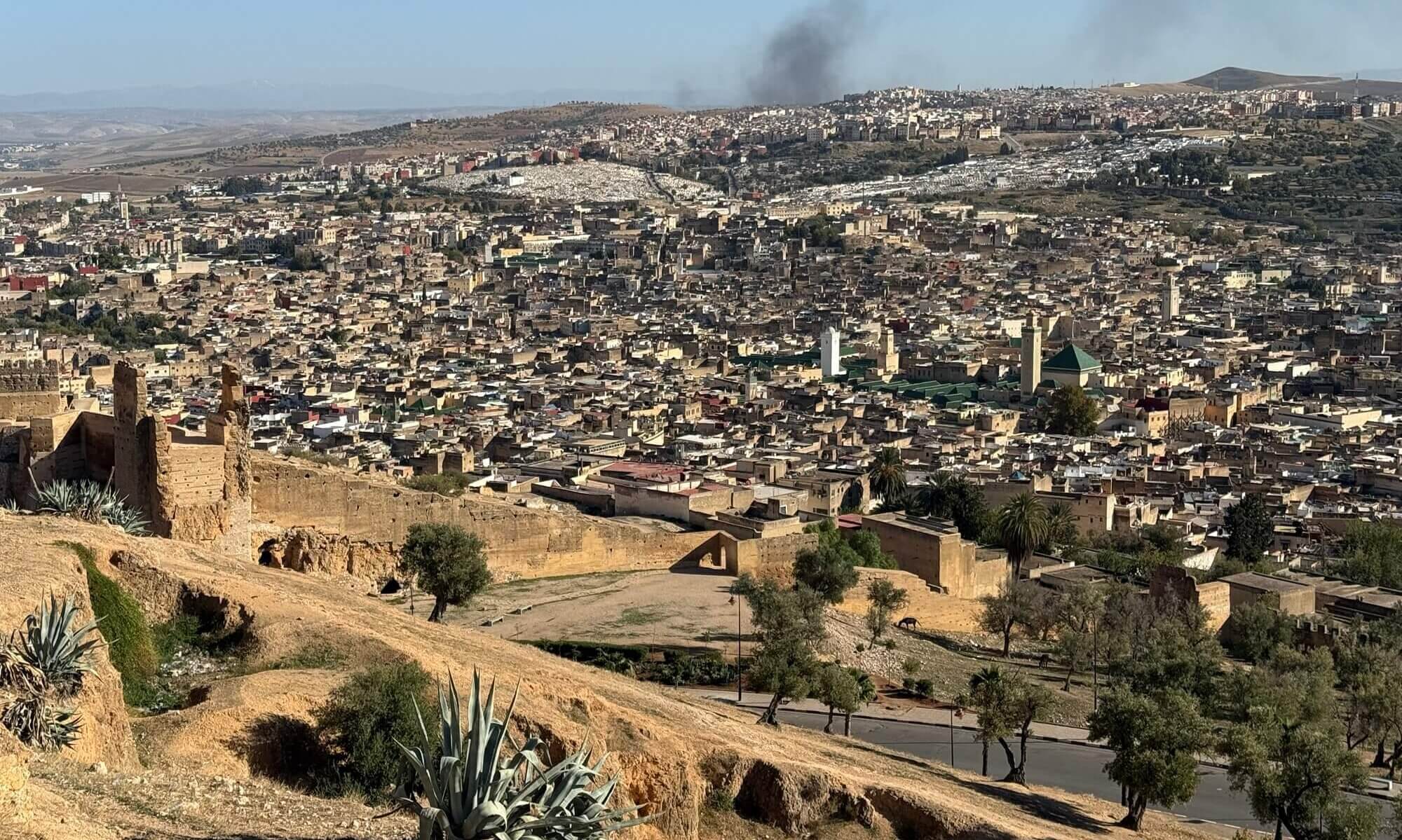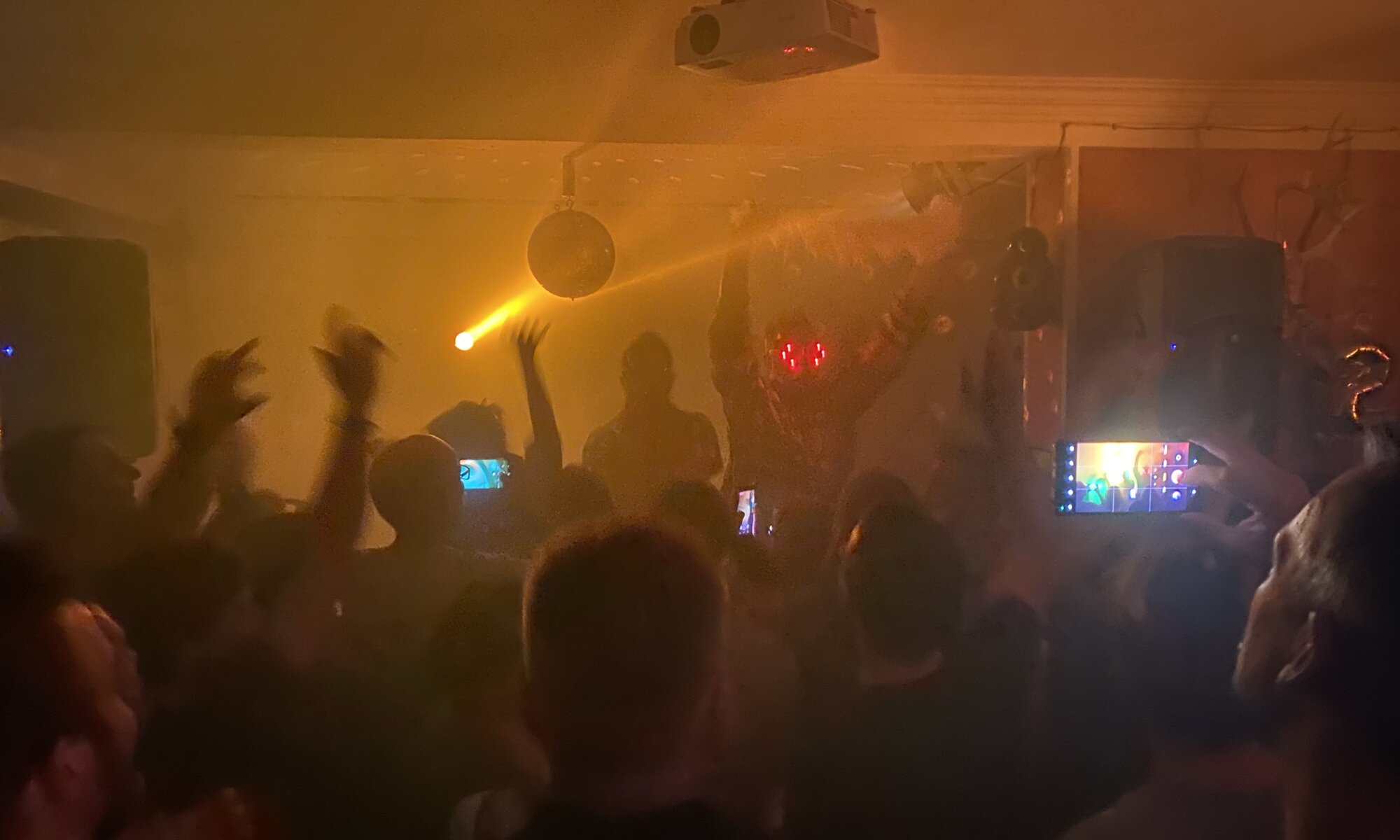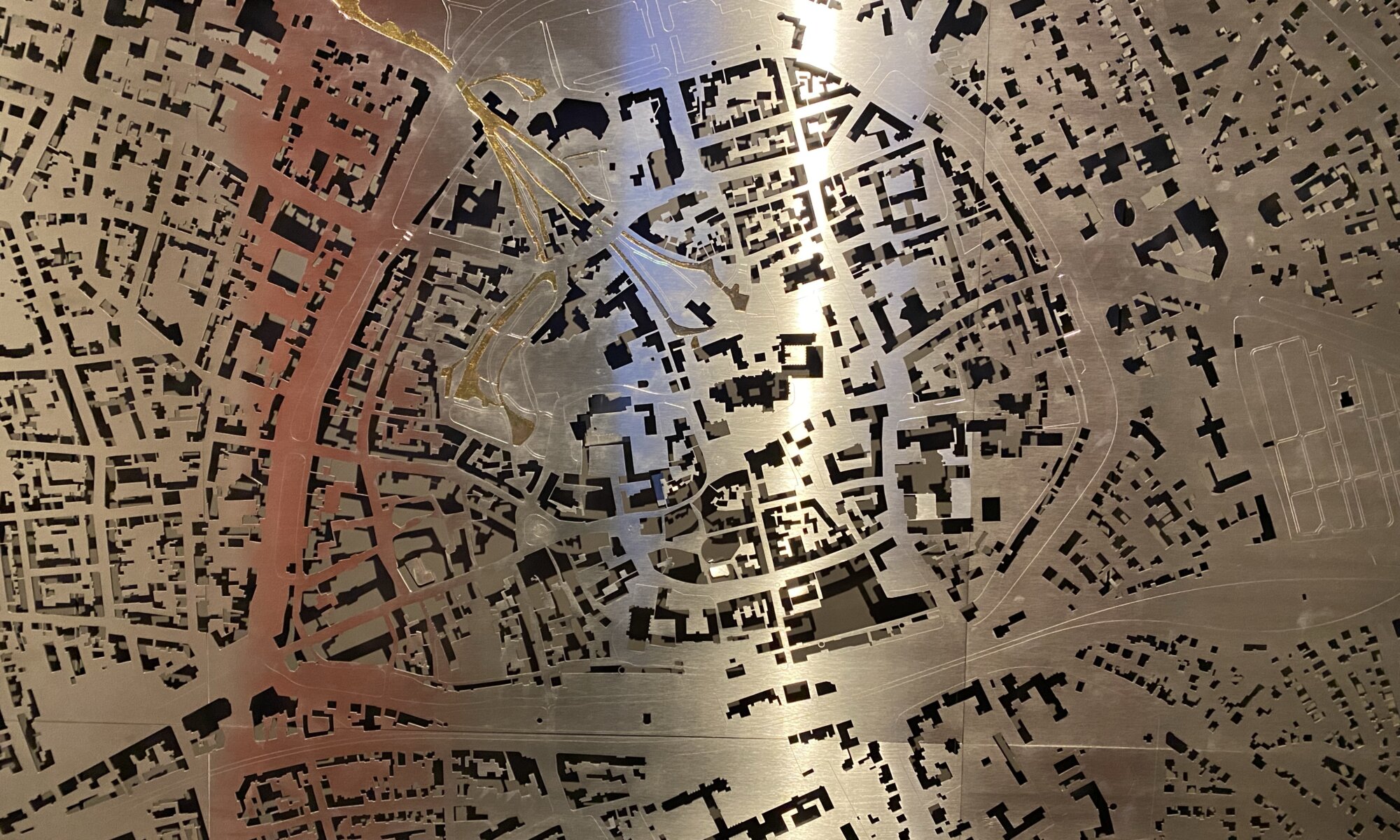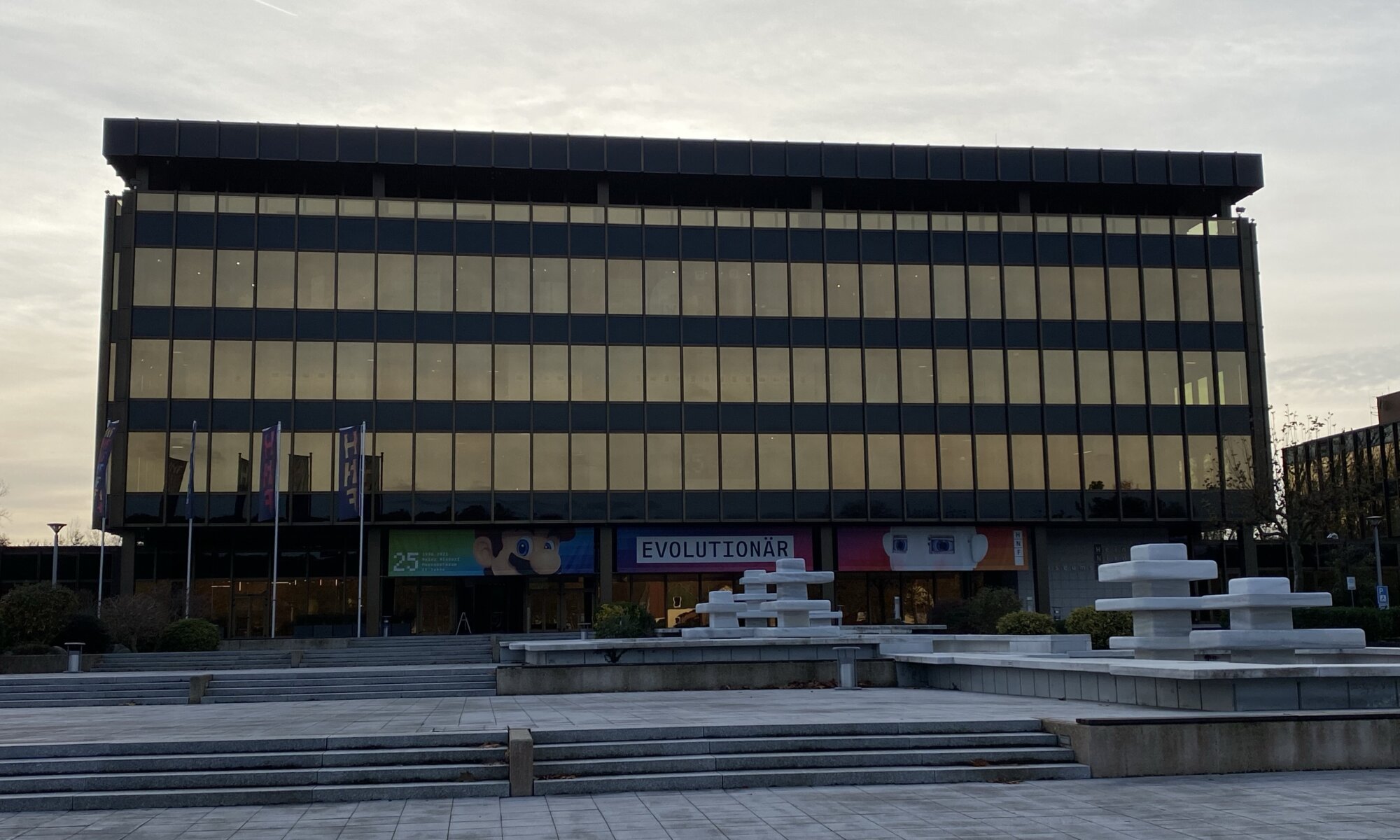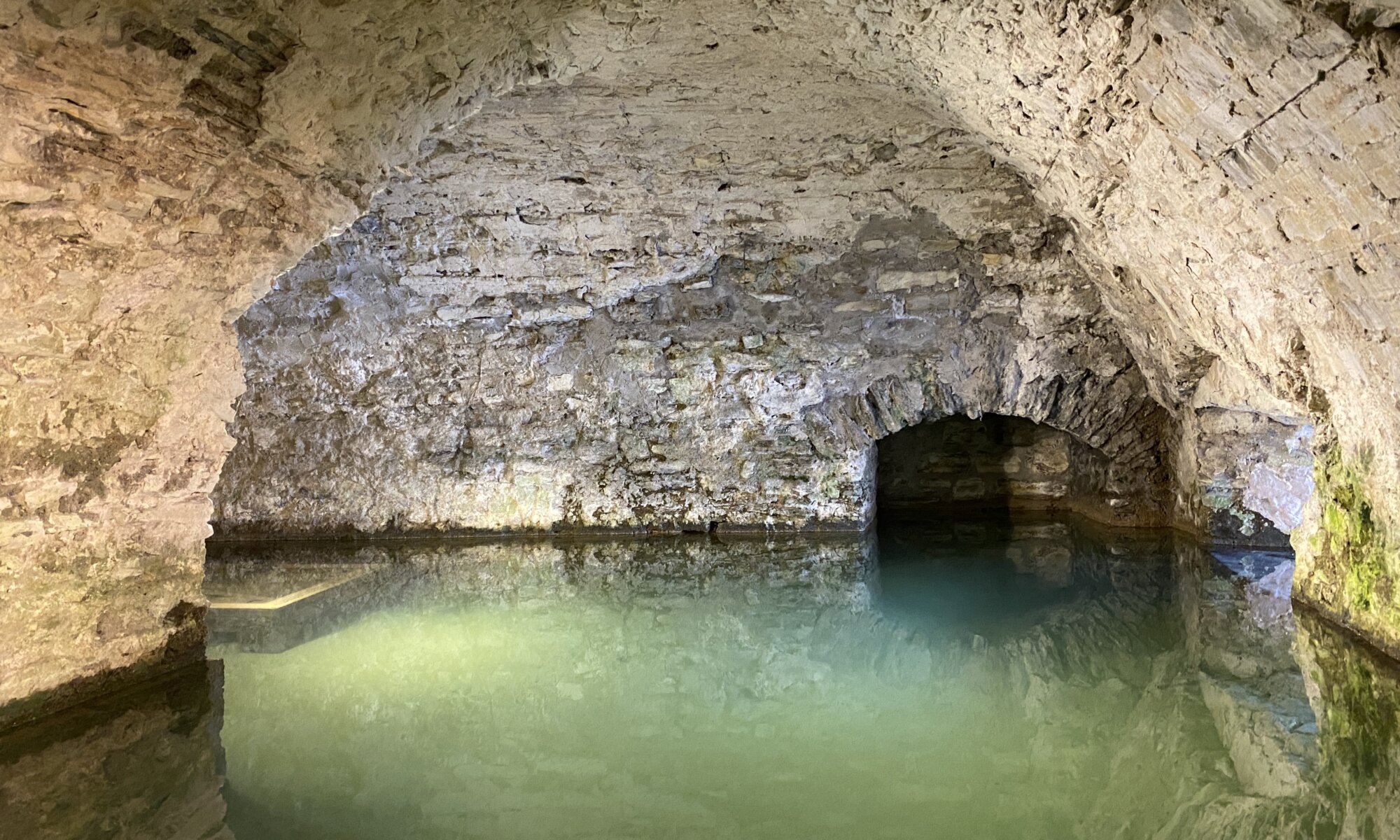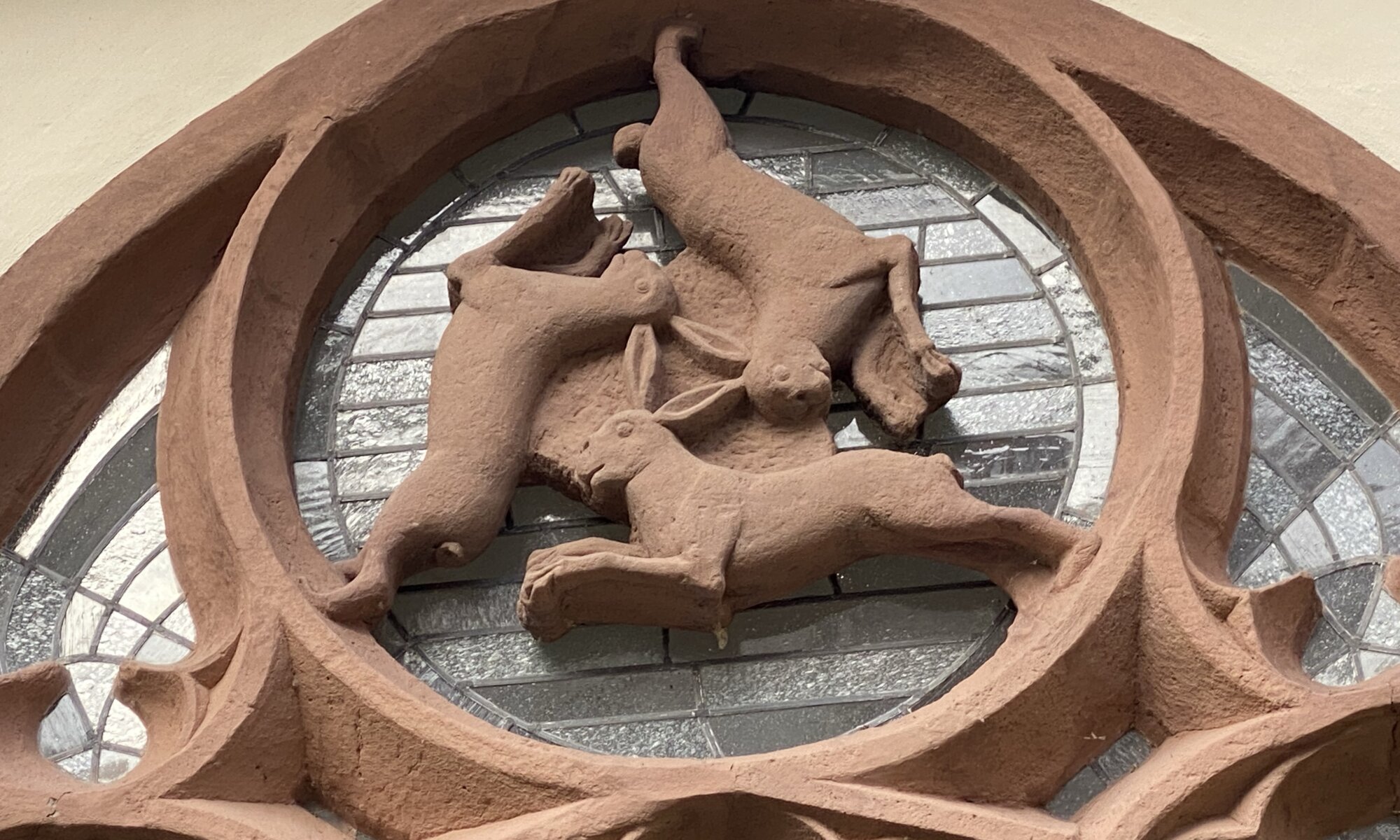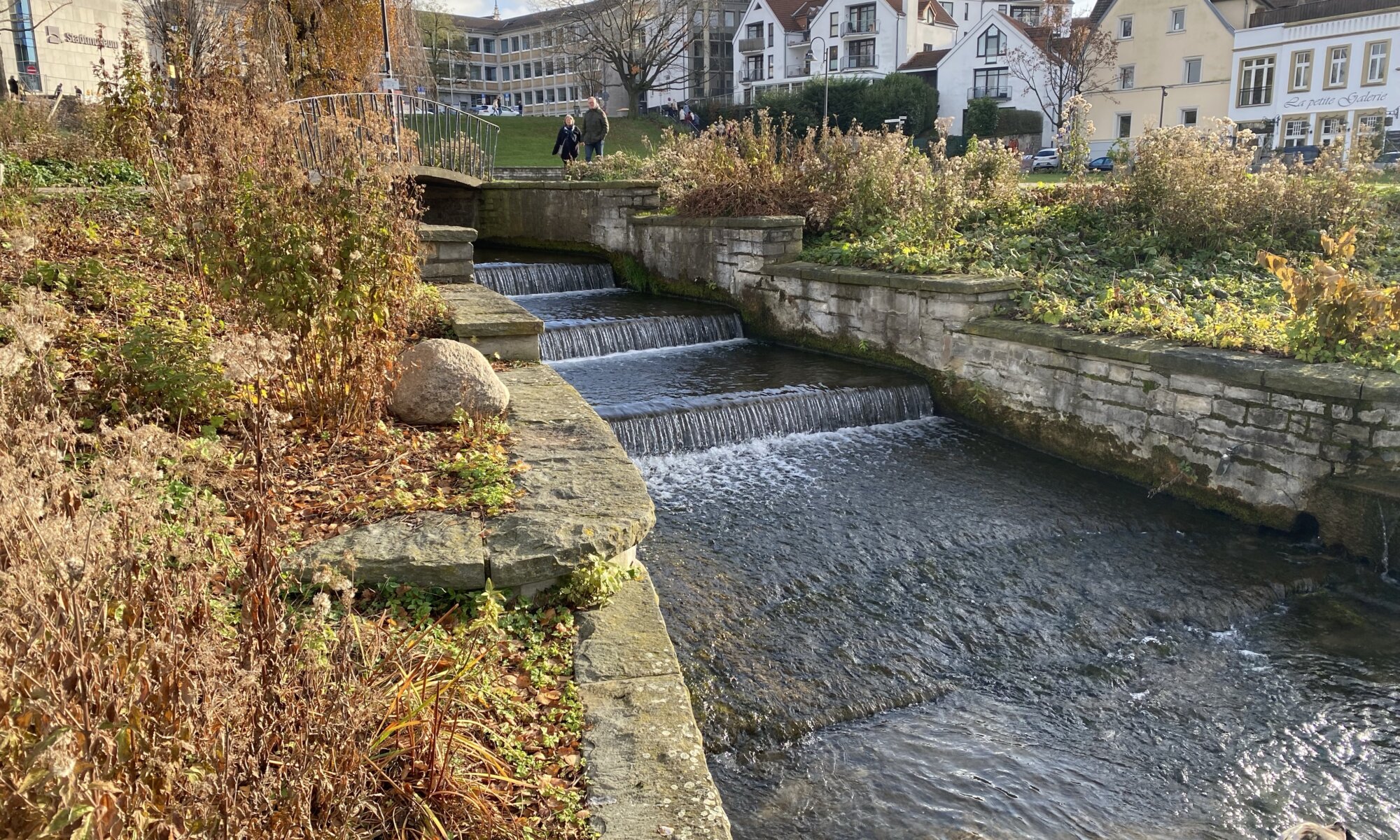The Sputnik (Russian for ‘satellite‘) is just a small bar located in the Imadstraße close to the city center of Paderborn. It is a well-known bar but not a big concert location. I came to Paderborn to attend a concert of Fortuna Ehrenfeld and Nevis at a club called Wohlsein, but that one couldn’t be used due to renovation works by the landlord.
Continue reading “Sputnik”Stadtgeschichte
For sure also Paderborn has a Museum für Stadtgeschichte that collects items from the history of the city. It was first located in the historic Adam-und-Eva-Haus, a half-timbered house north of the cathedral. In 2015 it moved to a modern building on the grounds of the former Abdinghof cloister. The museum is rather small but very modern.
Continue reading “Stadtgeschichte”Computing history
What many people don’t know is that the modern history of Paderborn is deeply connected to computing. In 1968 Heinz Nixdorf founded the Nixdorf Computer AG which was an important computer manufacturer. It was later acquired by Siemens and the name Wincor Nixdorf become later known mostly for Automatic Teller Machines (ATMs) and cash desk systems. We all have probably already withdrawn money at machines produced at Paderborn.
Continue reading “Computing history”Schloß Neuhaus
Schloß Neuhaus is a castle in Weser Renaissance style located at the city quarter also named Schloß Neuhaus belonging to Paderborn. It was used as a residence of the bishops of Paderborn since the year 1257. Later it was used for military purposes and today it is used as a school. People come here to have a look at the nice castle surrounded by a water-filled moat and to walk through the wonderful landscape garden surrounding the castle.
Continue reading “Schloß Neuhaus”Kaiserpfalz
In the 8th century Charles the Great created the Pfalz Paderborn as one of his seats. At was lost over time but in 1964 the basis of this ancient building was rediscovered during construction works. It has then been preserved and made visible – and directly next to it the LWL-Museum in der Kaiserpfalz has been built. This museum exhibits historic findings of the area underneath an amazing event location.
Continue reading “Kaiserpfalz”Drei-Hasen-Fenster
The cathedral in the city center of Paderborn, Germany, is dedicated to three saints and therefore it is officially named Hoher Dom St. Maria, St. Liborius, St. Kilian. The current cathedral dates back to the 13th century CE, but its predecessors might have stood there already five centuries earlier. The building is 104 meters long and the tower 93 meters high, it is really an impressive building.
Continue reading “Drei-Hasen-Fenster”Paderquellgebiet
What I like about Paderborn is that the history of the city is all about life at the water. In the 8th century Charles the Great conquered the area of Paderborn to rule over the Saxons living there. He built the Karlsburg fortress and later the Pfalz Paderborn to convert the Saxons to Christianity. Charles used the area around the wells of the short river Pader and brought them under control of the church. Later the city of Paderborn was created around them as the source of life for this new city.
Continue reading “Paderquellgebiet”